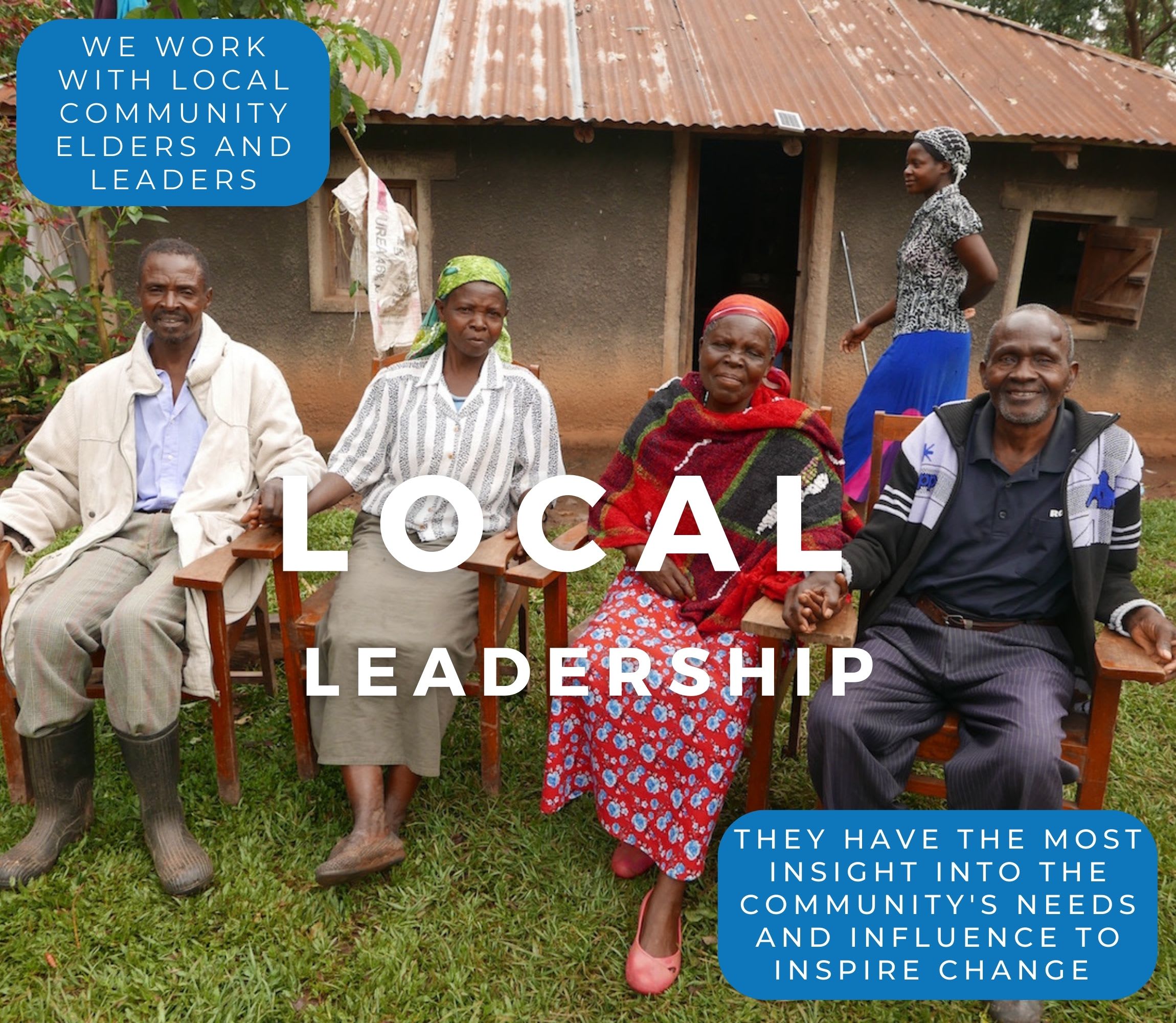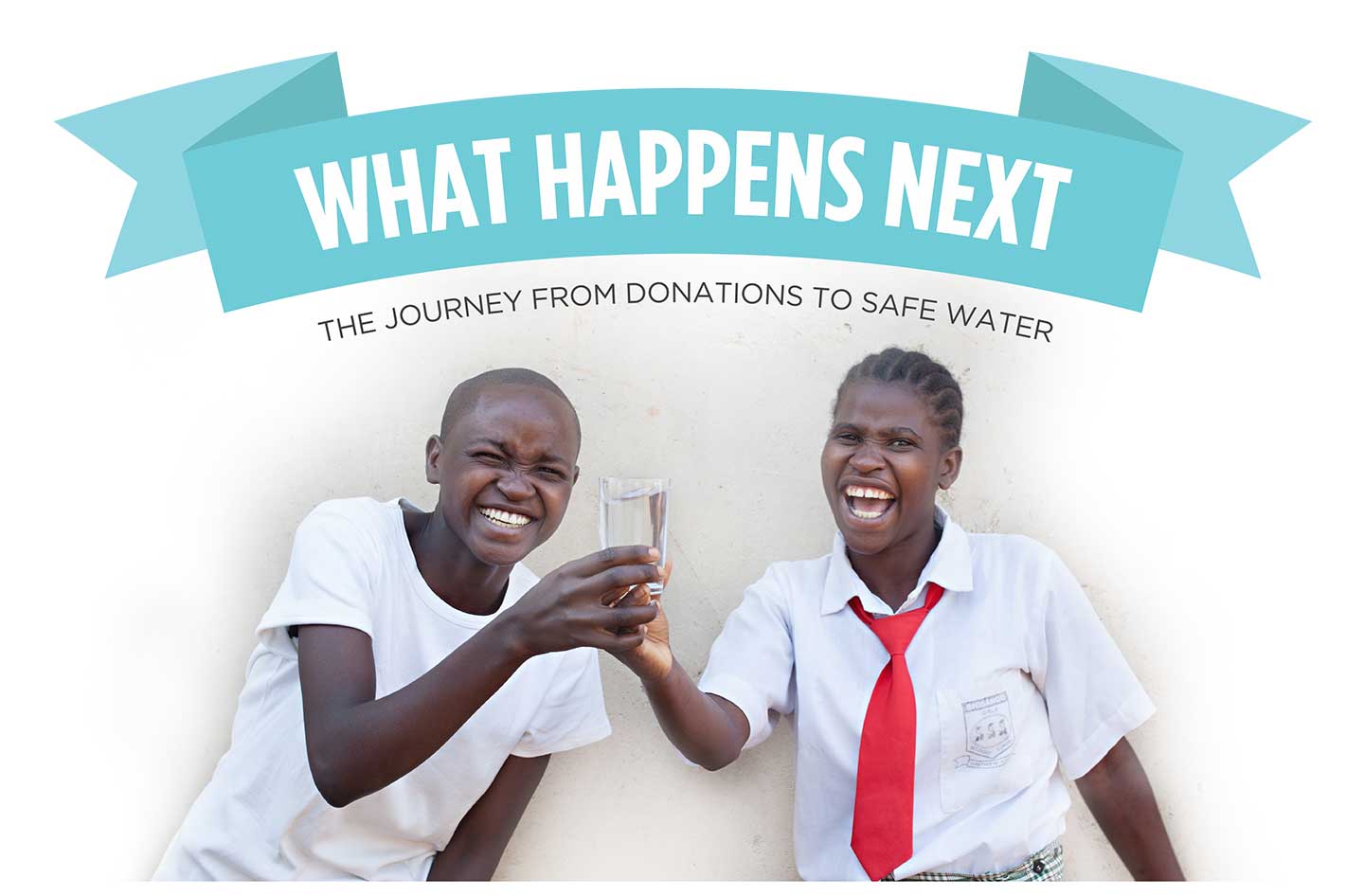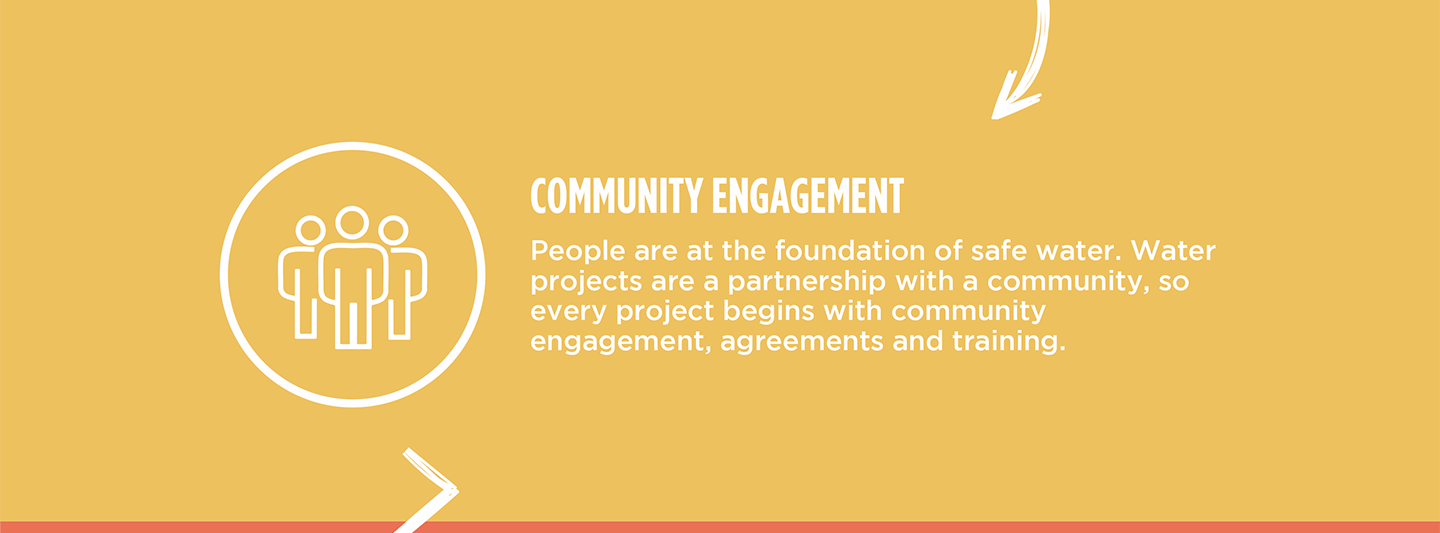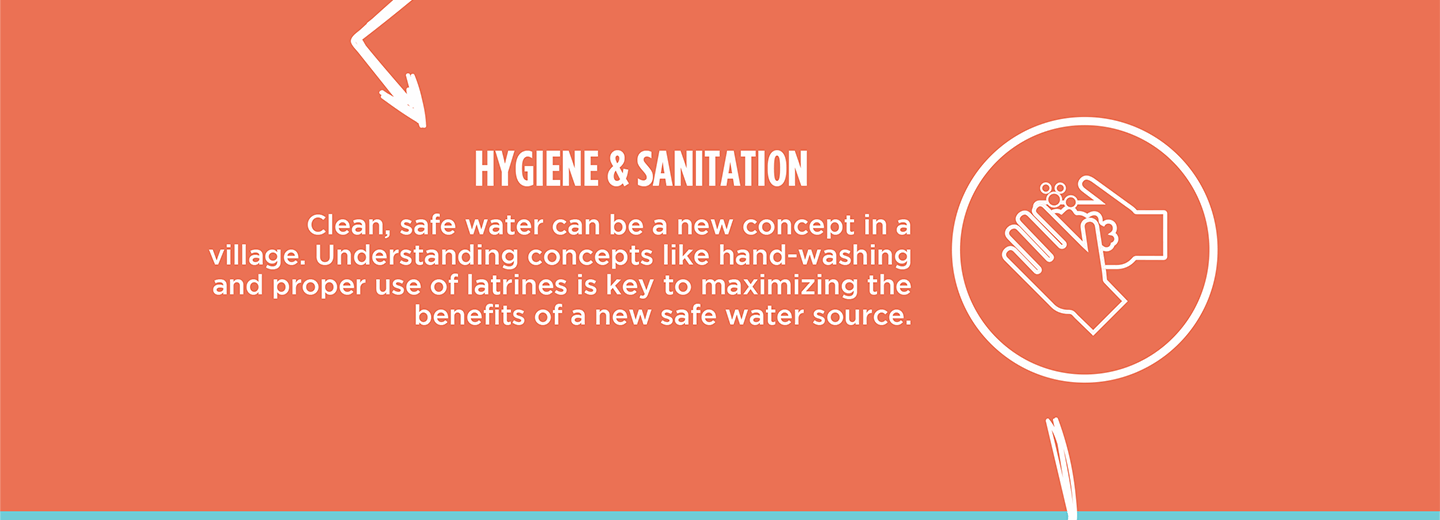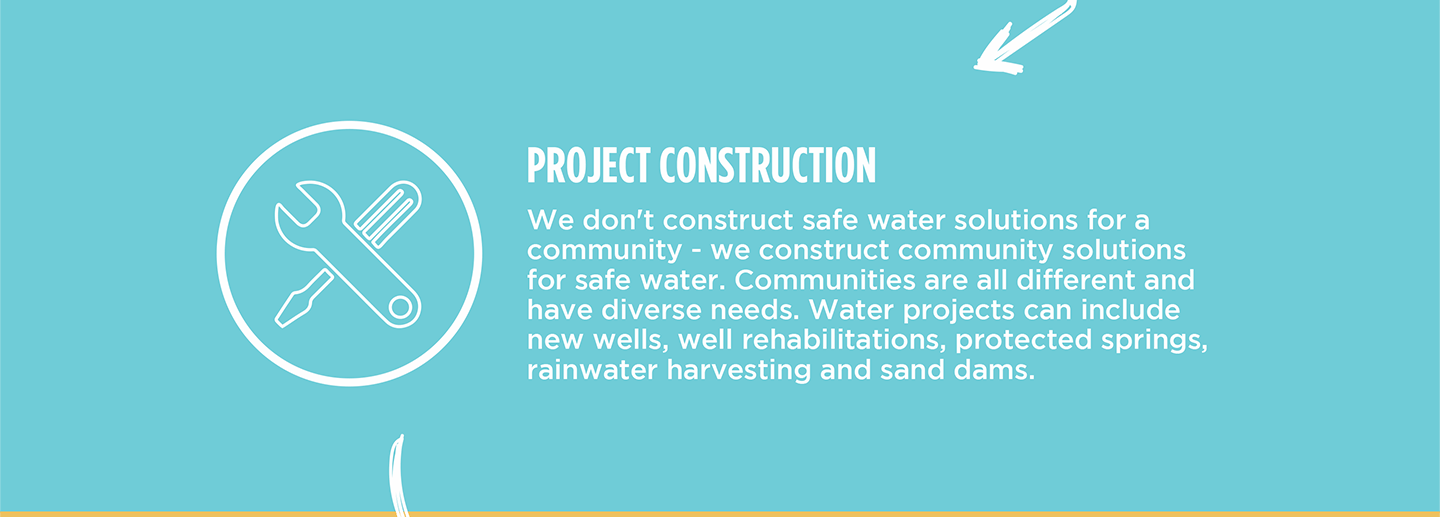In the Gambo Community, 210 residents have lived with a water crisis for seven long years. Their current spring, though once protected, causes more harm than good. The water it provides is unsafe, causing skin rashes, stomach problems, and mouth sores. It also provides frustration, income loss and fear.

Community member collecting water.
John Mudonyi, a 71-year-old farmer, knows all too well the problems of this water source.
"A few months ago, I had a serious throat infection which couldn't respond to treatment. After several visits to the nearby mission hospital without recovery, I was referred to a level five hospital. The doctor couldn't understand why the illness was not responding to drugs, and he decided to refer me to a private laboratory for a throat cancer test! Luckily, the test returned a negative result. I was given stronger drugs which eventually cured the infection."

Mr. Mudonyi.
In all this chaos of trying to find out his mysterious illness, John wasn't able to work for a whole week. Being a farmer every moment of work is crucial. To matters worse, his medical care was very expensive."
"During my most recent health scare, the doctor prescribed very expensive antibiotics, which drained me financially. The tests conducted on me cost a fortune. I don't qualify for health insurance due to my advanced age, and that means I have to pay from my pocket. When I was taken ill and had to undergo cancer testing, I had to be away for a week, which meant I didn't work at all. That made me lose income." John shared.
The physical and monetary cost of using this spring prevents John from being able to get ahead and pursue his goals.
"Nobody should be so unfortunate as to drink harmful water, especially in this century. Treating water-related illnesses is not cheap, and it shouldn't be happening anyway," John said.
John not only has his own health and wellbeing to care for. He has children and grandchildren that he helps care for and provide for. The spring is currently dangerous to access, causing injuries to those who go to collect the contaminated water.
Field officer Daniel Mwanzia described the setting as follows: "Descending to and ascending from this waterpoint is not an easy task. The terrain is quite steep and becomes very slippery when wet. It's very likely that community members can get injured as they head to collect water."

"Last year, my grandson slipped and broke his arm as he was heading to the waterpoint. I don't want that to happen to me, any of my family members, or anyone else in the community," he shared.
John carries a heavy weight of worry every day for his and his community's health. He knows that clean, accessible water is the foundation for building a better life.
"Water is important to me because my family can enjoy fresh vegetables from the farm throughout the year, including dry seasons. This is achievable through irrigation. Simply put, water is everything! However, the quality of this water is crucial."
With clean water access, John would have the tools he needs to achieve his goals!
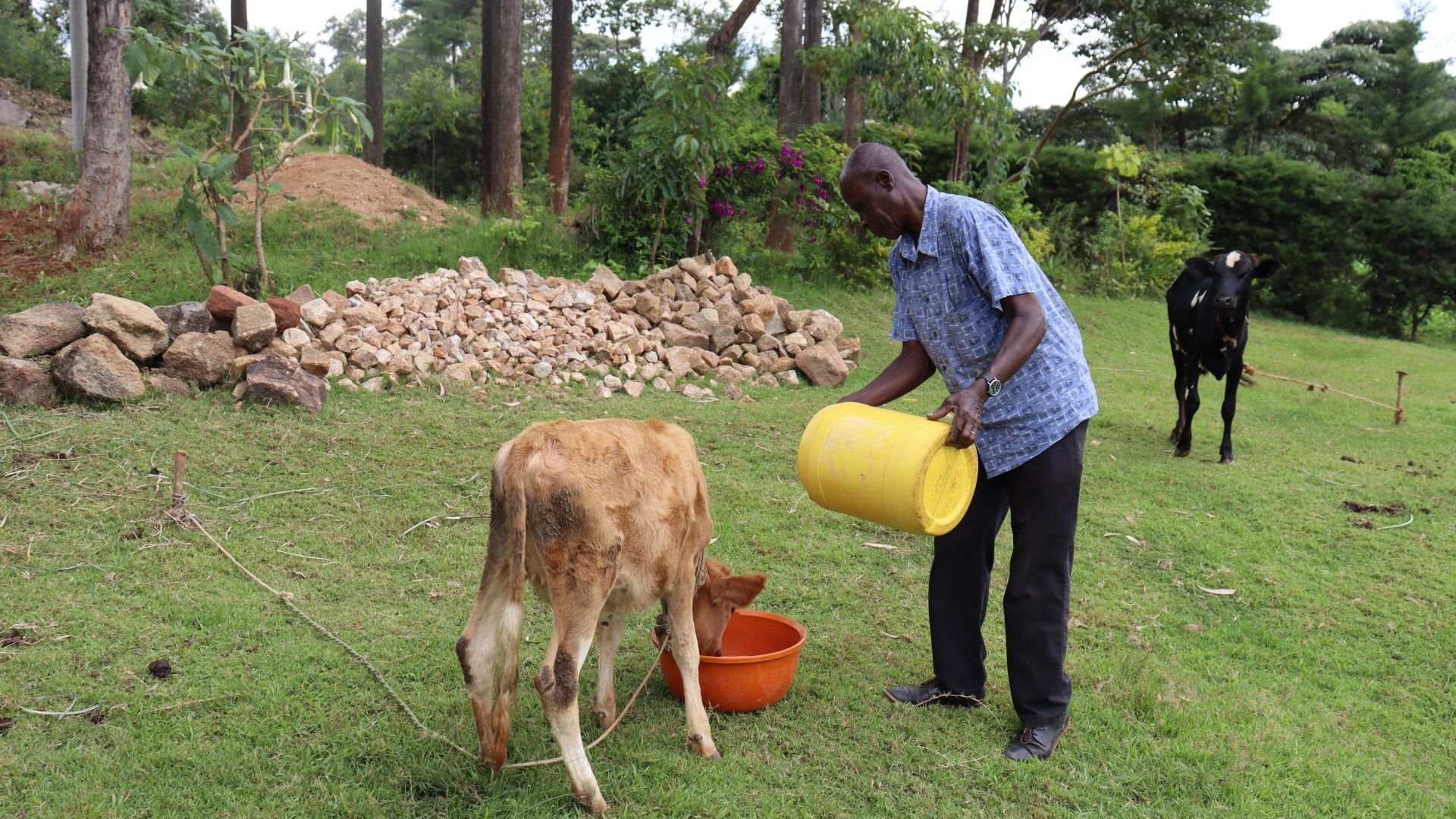
"I could engage in meaningful and productive activities like weeding my farm or looking for income-generating opportunities. I'm also a community leader and would love to spend time responding to the needs of my people," John concluded when we asked what he would do if he didn't have to spend so much time and energy collecting water.
Steps Toward a Solution
Our technical experts worked with the local community to identify the most effective solution to their water crisis. They decided to safeguard the existing flowing spring.
Spring Protection
Springs are natural water sources that originate from deep underground. As water travels through various layers of the earth, it undergoes a natural filtration process, making it cleaner and safer to drink. To protect these spring sources from contamination, we construct a waterproof cement structure around layers of clay, stone, and soil. This design channels the spring water through a discharge pipe, facilitating easier, faster, and cleaner water collection.
Chlorine Dispenser
As an extra measure towards water quality safety, uniquely engineered chlorine dispensers are installed at all of our spring protection projects so community members can treat their water with pre-measured doses of chlorine. The chlorine treats any residual contamination and stays active for two to three days, ensuring water stays safe to use even when stored at home. Chlorine delivery and maintenance of the dispensers are part of our ongoing community support.
Community Education & Ownership
Hygiene and sanitation training are integral to our water projects. Training is tailored to each community's specific needs and includes key topics such as proper water handling, improved hygiene practices, disease transmission prevention, and care of the new water point. Safe water and improved hygiene habits foster a healthier future for everyone in the community. Encouraged and supported by the guidance of our team, a water user committee representative of the community's diverse members assumes responsibility for maintaining the water point, often gathering fees to ensure its upkeep.
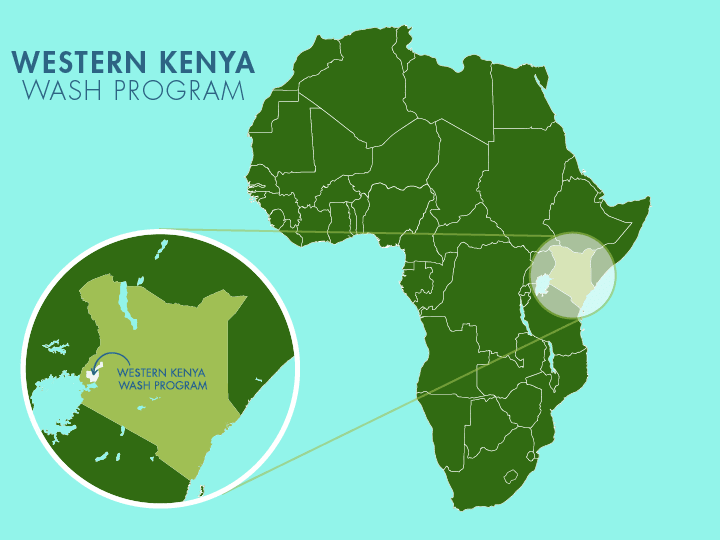
 Protected Spring
Protected Spring
 Rehabilitation Project
Rehabilitation Project

